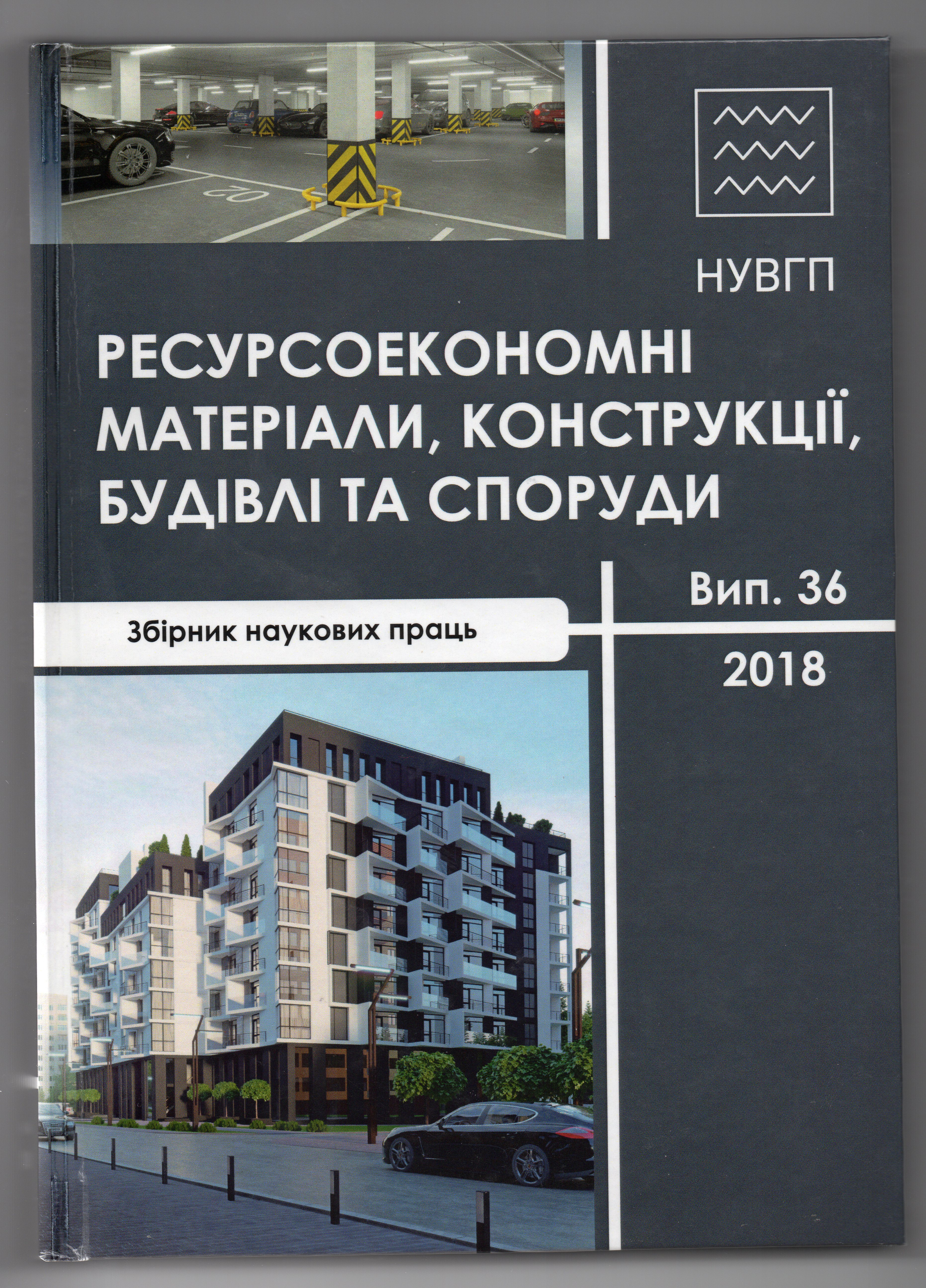COMPLEX ACTIVATION OF LOW CLINKER SLAG PORTLAND CEMENT
DOI:
https://doi.org/10.31713/budres.v0i36.246Abstract
Low clinker cements filled with industrial waste have a number of positive features. They are characterized by low cost, their production is less energy-intensive, allows us to dispose of accumulated waste, to reduce harmful emissions into the atmosphere. However, such cements are not yet very popular among manufacturers, mainly because of relatively low activity. It is known that in order to increase the activity of slag portland cement, especially with the maximum amount of slag and, therefore, the minimum - clinker, it is important to establish the optimal content of the sulfate component, the fineness of grinding components of the cement and the choice of the appropriate modifier. A positive effect is achieved when adding slag cements to the addition of plasticizers and hardening activators during the milling process. The research, the results of which are set forth in the article, showed the possibility of obtaining low clinker slag portland cement with activity of more than 50 MPa using two-component additive modifiers: superplasticizer SP-1 and activator of hardening of sodium silicon fluoride (Na2SiF6). The clinker content in the binder is less than 20%. However, the main disadvantage of this binder is the low pH of concrete and solutions made on its basis, which greatly reduces the area of its application. In order to eliminate this disadvantage, a complex sulfate-fluoride-alkaline activation of low clinker slag portland cement was proposed, by adding calcium hydroxide to the binder system.

